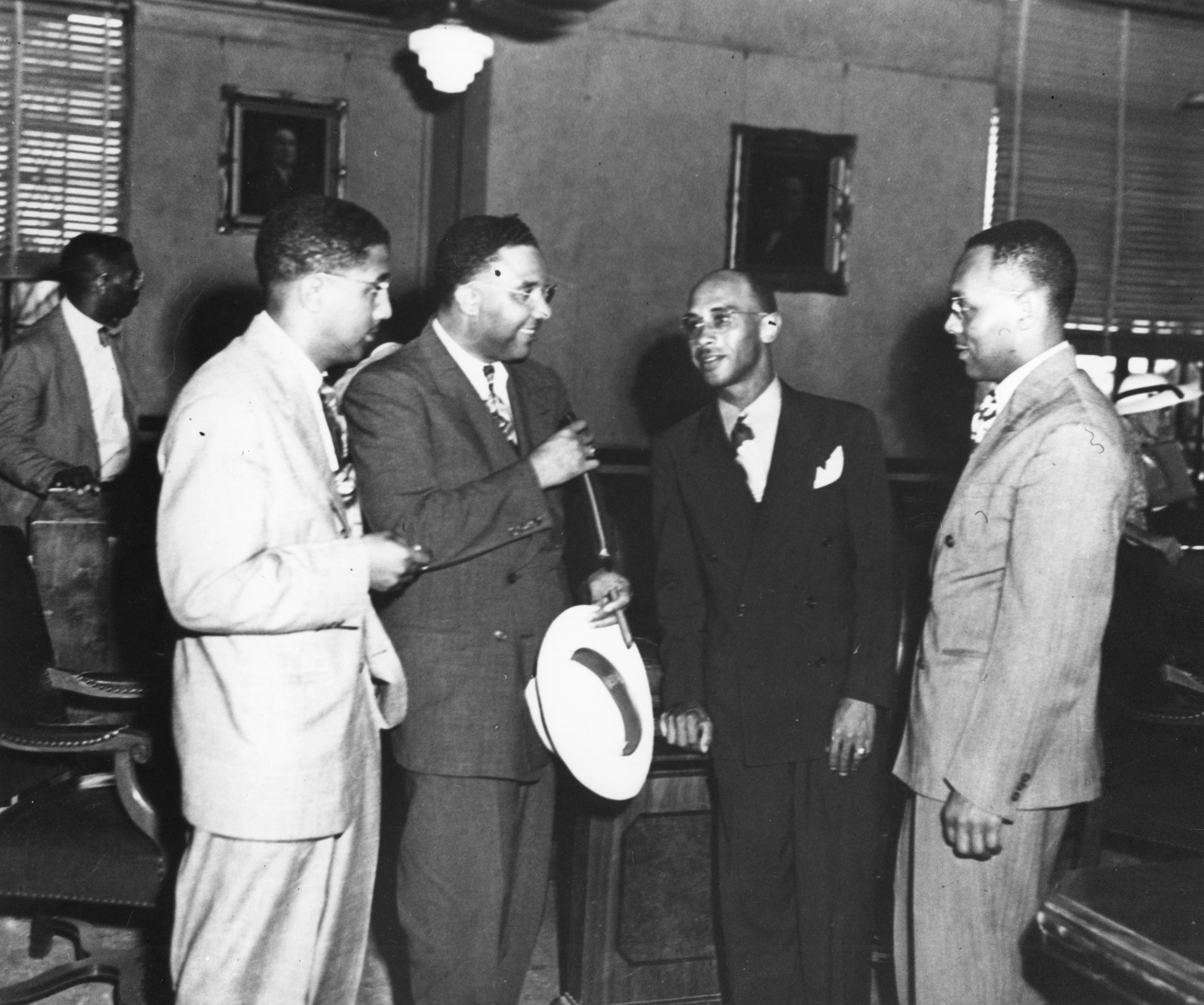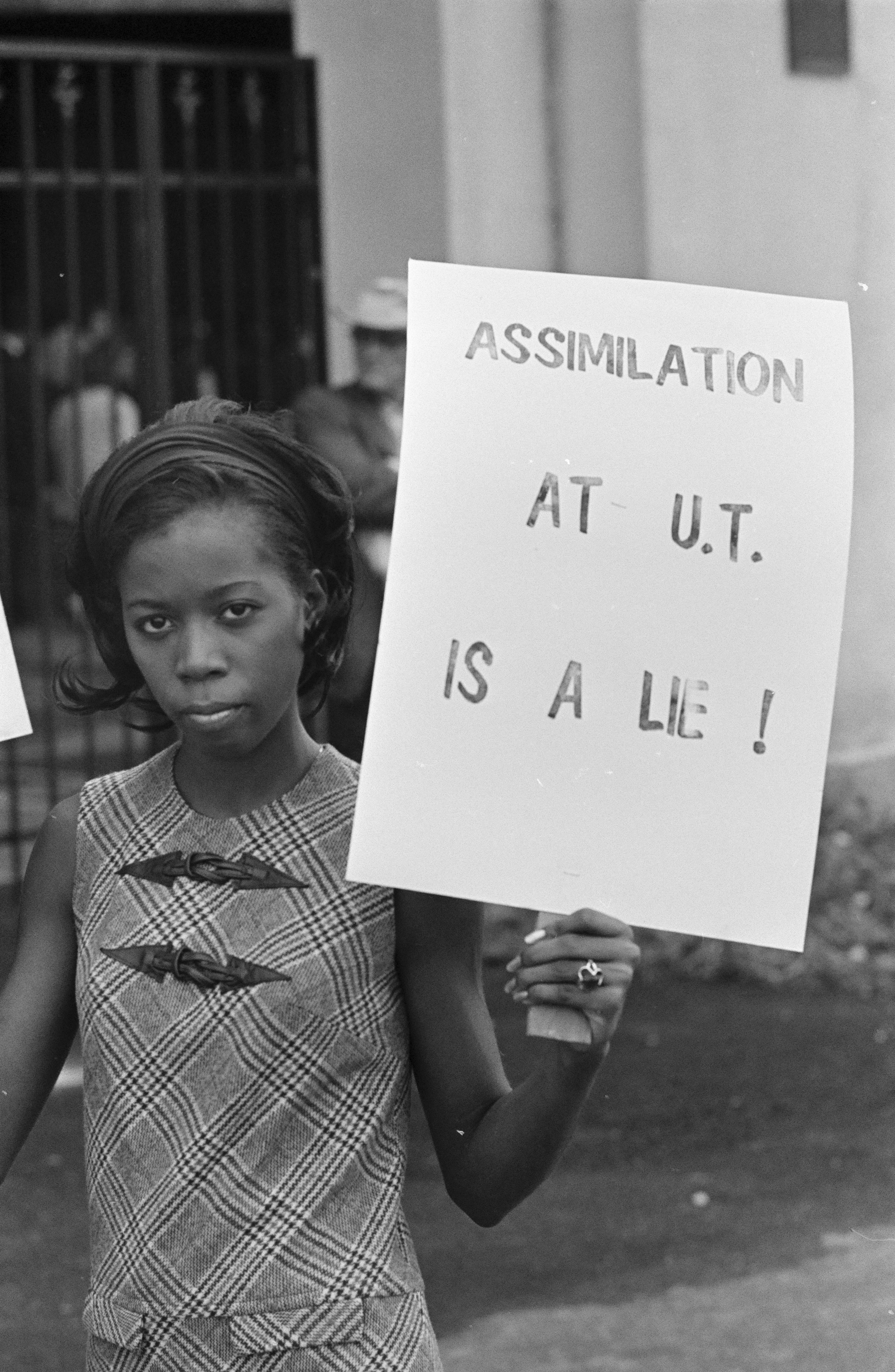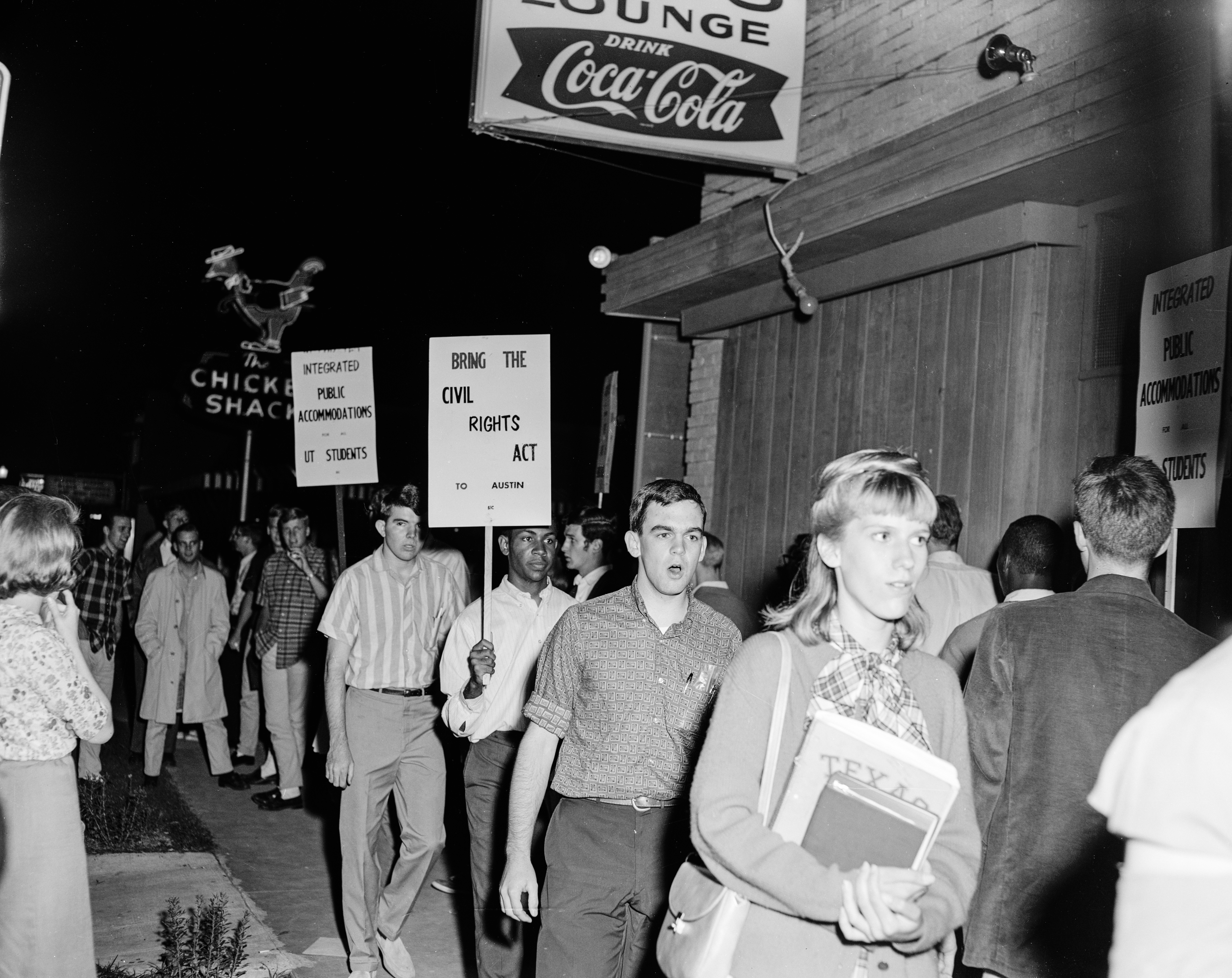Heman Sweatt applied to enter the University of Texas at Austin Law School in 1946. But he was automatically rejected – because he was black. He filed suit and began a case that went all the way to the Supreme Court. Sweatt won and became the first black student at the UT Law School. It may sound like a happy ending, but enrolling in classes was just the beginning of the long struggle to integrate the school.
A new book called “As We Saw It: The Story of Integration at the University of Texas at Austin” collects the stories of the precursors – the first black students admitted to UT. Virginia Cumberbatch, the director of the Community Engagement Center at UT-Austin, is one of the book’s editors.
“This is, arguably, we could say a 60-year project in the making, in the sense that these stories have gone woefully undertold,” Cumberbatch says. “But in terms of our efforts, about six or seven years we’ve been trying to collect these stories and figure out the best way to present them to the broader community.”
The book explores the complexities these students faced – they had to juggle both academics and advocacy. For Heman Sweatt, that meant that after winning his legal battle, he eventually dropped out of the law school.
“While we definitely credit Heman Sweatt for integrating UT, I think his story is demonstrative of the pressures that come with being the first – the frustration, anxiety, and difficulties that come with being an activist and an advocate,” she says. “And ultimately, the stress of pursuing that long lawsuit and time in court took a toll on his health. But he ultimately opened the door for people to not only come into the law school, but the graduate studies were integrated in 1950 as a whole. And then what we see happen six years later, in 1956, is undergrads being able to enter UT.”
For black women at the school, there were even more barriers in place.
“It was hard to be a black person on campus at UT in the 50s and 60s, but even more complex was the role of being a woman, and what that meant particularly for their experience in the classroom,” she says. “This idea of what roles women played, appropriate majors for women. What you kind of see at play is women of color having to in some ways elevate both conversations and be advocates for not only women of color, but women at large.”
After Sweatt was admitted to the law school, Cumberbatch says it would take more than 15 years before UT allowed black students to play football.
“We realize that in some ways, these were unintended consequences of being the first, right? And there is this tension for a lot of black athletes, this idea that ‘I just want to play ball, and I just want to get a scholarship, and I just want to go to school,’” she says. “But innately because of their position as the first, they become activists and advocates for what that experience is going to be like for themselves and for the people that come after them.”
In interviews for the book, the precursors looked back on their years at UT with a broad range of perspectives, she says.
“I expected so much more resentment, so much more anger and frustration. And while that’s definitely there for some, there is also this appreciation for ‘I get to be a part of shifting the consciousness of not only this campus, but this country’ and realizing that a lot of these dynamics – while institutional, while systemic – individuals are just a part of those systems,” she says. “And so for me, you wonder if that’s sort of hindsight or retrospectively, but to have that type of sort of grace at any point in their lifetime I think is pretty remarkable.”





















